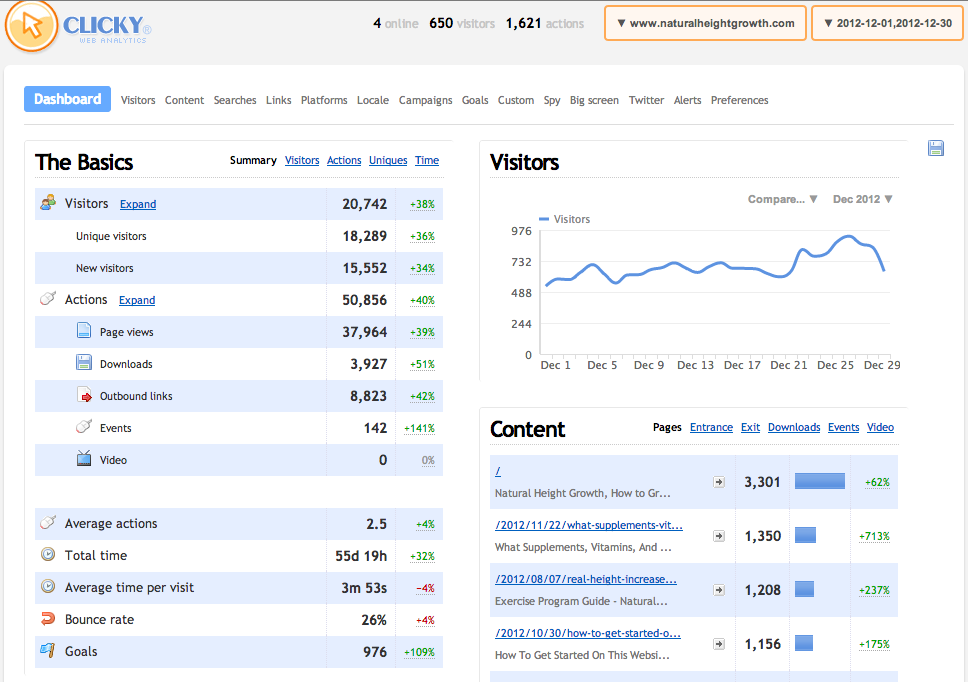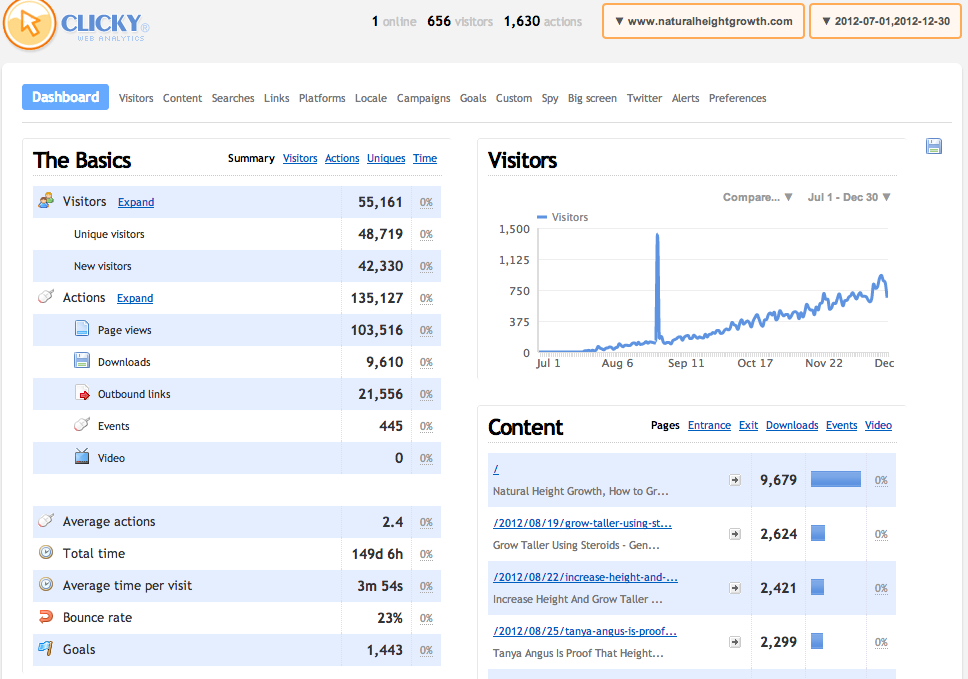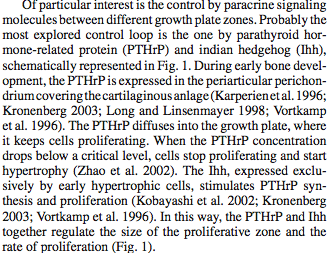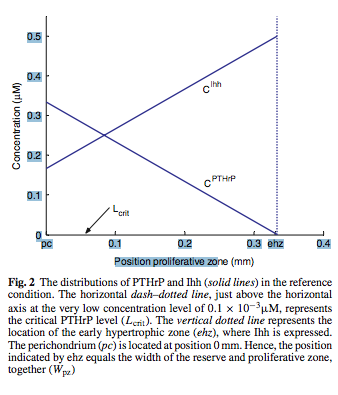I think it is time to reveal to the readers that what I had hypothesized in previous posts like “A Real Alternative To Limb Lengthening Surgery – Epiphyseal Growth Plate Regeneration, Regrowth, Implantation, And Transplantation Is Completely Possible (Big Breakthrough!)” already was being done in countries like China has been occurring already.
I remember going really fast through the PubMed studies long ago and tabulate everything into The Library and there were a few studies which I was suspicious about. Two studies I went through today revealed that the Chinese Government and Military have been successful in actually regrowing fully functional epiphyseal growth plates, have tested them on laboratory rabbits, and have shown the plates are functional in vivo after implantation.
Study #1: [The treatment of premature arrest of growth plate with a novel engineered growth plate: experimental studies]. – Author: Zhou Y, Lu S, Wang J, Zhang Y, Huang J. – Source: General Hospital, Chinese People’s Liberation Army, Beijing 100853, China.
Abstract
OBJECTIVES:
To observe the role of the engineered growth plate (EGP) in the treatment of premature arrest of growth plate and to establish a novel treatment method for the premature arrest of the growth plate.
METHODS:
The engineered growth plates were cultured for the first time by using polylactic acid (PLA) as cell scaffold seeded with growth plate chondrocytes and they were implanted into the medial proximal defects of growth plates of New Zealand rabbit tibia. The degree of deformity of the tibia was evaluated by X-ray and the expression of collagen II mRNA of regenerating growth plate was detected by in situ hybridization technique.
RESULTS:
Little deformity appeared in the EGP group 8 weeks after operation. Some deformity was seen in the EGP group 16 weeks after operation, whereas it’s degree was much less than that of the control group (P = 0.0001). The degree of the angular deformity of the EGP precultured with bFGF and TGF-beta group was less than that of the EGP group (P < 0.05). The cells in the regenerating growth plate arranged in column and were stained blue by in situ hybridization technique.
CONCLUSION:
The EGP can prevent the formation of bony bridge and restore the growth of the damaged growth plate.
PMID: 11832153 – [PubMed – indexed for MEDLINE]Study #2: [Repair of upper tibial epiphyseal defect with engineered epiphyseal cartilage in rabbits]. – Author: Zhou Q, Li QH, Dai G. – Source: Department of Orthopaedics, Southwest Hospital, Third Military Medical University, Chongqing, P. R. China 400038.
Abstract
OBJECTIVE:
To observe the effect of engineered epiphyseal cartilage regenerated in vitro with 3-D scaffold by chondrocytes from epiphyseal plate in repairing the tibial epiphyseal defect, and to explore the methods to promote the confluence between engineered cartilage and epiphyseal plate.
METHODS:
Chondrocytes were isolated enzymatically from the epiphyseal plates of immature rabbits, and then planted into the tissue culture flasks and cultivated. The first passage chondrocytes were collected and mixed fully with the self-made liquid biological gel at approximately 2.5 x 10(7) cells/ml to form cell-gel fluid. The cell-gel fluid was dropped into the porous calcium polyphosphate fiber/poly-L-lactic acid(CPPf/PLLA)scaffold, and a cell-gel-scaffold complex formed after being solidified. The defect models of 40% upper tibial epiphyseal plate were made in 72 immature rabbits; they were divided into 4 groups: group A(the cell-gel-scaffold complex was transplanted into the defect and the gap filled with chondrocyte-gel fluid), group B (with noncell CPPf/PLLA scaffold), group C(with fat) and group D(with nothing). The changes of roentgenograph, gross and histology were investigated after 2, 4, 6, 8, 12 and 16 weeks of operation.
RESULTS:
In group A, the typical histological structure of epiphyseal plate derived from the engineered cartilage with a fine integration between host and donor tissues after 2 weeks. The repaired epiphyseal plate had normal histological structure without deformation of tibia after 4 weeks. The early histological change of epiphyseal closure appeared in the repaired area with varus and shortening deformation of the tibia after 8 weeks. The epiphyseal plate was closed in the repaired area with more evident deformation of tibia; the growth function of repaired epiphyseal plate was 43.6% of the normal one. In groups B, C and D, deformation of tibia occurred after 2 weeks; the defect area of epiphyseal plate was completely closed after 4 weeks. The deformation was very severe without growth of the injured epiphyseal plate after 16 weeks, and no significant difference was observed between the three groups.
CONCLUSION:
Engineered epiphyseal cartilage can repair the epiphyseal defect in the histological structure with partial recovery of the epiphyseal growth capability. Injecting the suspension of fluid chondrocyte-gel into the defects induces a fine integration of host and donor tissues.
PMID: 14663950 [PubMed – indexed for MEDLINE]
Study #3: [Repair of growth plate defects of rabbits with cultured cartilage transplantation]. – Author: Wang J, Yang ZM, Xie HQ. – Source: Department of Orthopedic Surgery, First University Hospital, West China University of Medical Sciences, Chengdu Sichuan, P. R. China 610041
Zhongguo Xiu Fu Chong Jian Wai Ke Za Zhi. 2001 Jan;15(1):53-6.
[Repair of growth plate defects of rabbits with cultured cartilage transplantation].
[Article in Chinese]
Wang J, Yang ZM, Xie HQ.
Source
Department of Orthopedic Surgery, First University Hospital, West China University of Medical Sciences, Chengdu Sichuan, P. R. China 610041.
Abstract
OBJECTIVE:
To prevent early closure of growth plate and developmental deformities of limbs by allografts of cultured cartilages into growth plate defects of rabbits.
METHODS:
Chondrocytes isolated from articular cartilage of 1-month rabbits formed cartilage after cultivation in centrifuge tubes. The cartilages cultured for two weeks were implanted into growth plate defects of proximal tibiae of 6-weeks rabbits. At 4th and 16th weeks, X-ray, histologic and immunohistochemical examination were performed.
RESULTS:
The tibiae had no marked deformities after 4 weeks of operation. Histologic examinations showed that the defects were filled with cartilage. Immunohistochemical results of type II collagen were positive. The tibiae with allografts of cultured cartilages had no evident deformities after 16 weeks of operation. Histologic examination showed nearly closure of growth plates. On the contrary, the tibiae on control side formed severe deformities and growth plate were closed.
CONCLUSION:
Allograft of cultured cartilages into growth plate defects may replace lost growth plate tissues, maintain normal growth of limbs and prevent developmental deformity.
PMID: 12563933 [PubMed – indexed for MEDLINE]
Interpretation: I would say that by now, it is clear that the chondrocyte that is extracted from young lab animals and than transplanted into older individuals through allograft is functional. While it is true that the epiphyseal cartilage that they grew from scaffold with chondrocytes embedded is not completely functional, I would suspect it is either because they can’t get the right mixture of growth factors or can’t get the chondrocytes to stack correct in the right direction. The whole purpose of these military hospital clinics are supposed to be to correct for pediatric limb growth deformities by implanting these epiphyseal cartilages into the broken cartilage but it would not be hard and may only take a few years for them to grow these cartilage to a scale which would be enough to be put into human limbs.
I would be the first to admit that the therapy for transplanting and embedding grown growth plates is still being worked out, as clearly stated by paper “[Advance on repair of growth plate injury].” I would say that within 10-20 years, the Chinese government will get the cartilage they have regrown to work completely functionally with the right amount of strength to prevent possible cartilage collapse and get the stacking direction correctly. . When that happens, they will take the cartilage regeneration technology, and start putting them into its own military soldiers to make them taller.
 What I am noticing a lot recently is that some of the more interesting article posts are written in languages which I can not read (yet). So I am throwing a post out there looking for a people who can read, and translate Chinese and Korean scientific studies, articles, and papers.
What I am noticing a lot recently is that some of the more interesting article posts are written in languages which I can not read (yet). So I am throwing a post out there looking for a people who can read, and translate Chinese and Korean scientific studies, articles, and papers.




